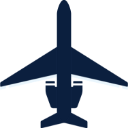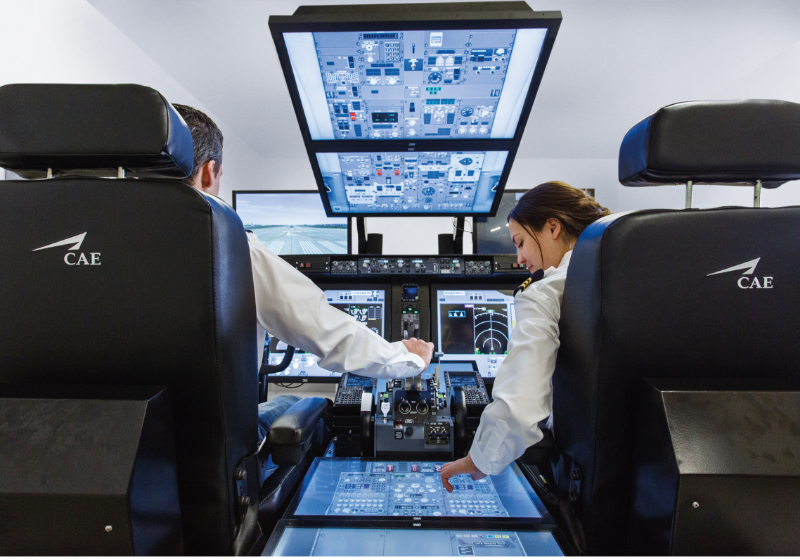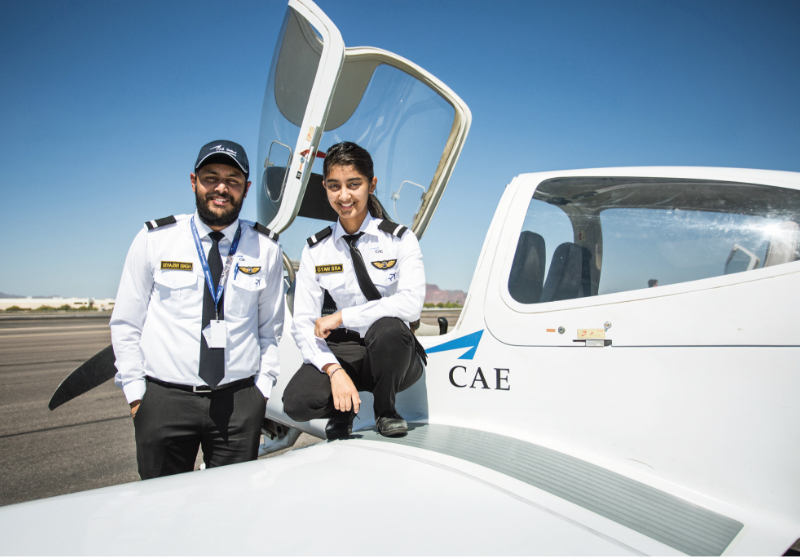The Impact of Covid-19
Border closures and lockdowns translated into sudden drops in flight numbers, revenues, and civil aviation pilot jobs around the globe.
Travel restrictions, health concerns, and a slump in demand among travelers caused by the outbreak of COVID-19 have significantly impacted the aviation industry, causing drastic drops in business aviation while forcing airlines to furlough or lay off employees.
By April 2020, in both business and commercial aviation segments, passenger traffic was a fraction of what it used to be, capacity declined significantly, and revenues dropped. After a steep decline, domestic markets began to lead the way in passenger demand as more countries began to loosen travel restrictions within their borders. Internationally, air travel showed signs of growth as restrictions in the Schengen Areas were lifted.
As indicated by the decrease in revenue passenger kilometers (RPK) for commercial aviation and the decrease in cycles for business aviation, both of these markets have experienced significant decreases in revenues in 2020. Rising to the challenges of a crisis is nothing new to the aviation industry. Just as the industry has overcome past health epidemics, economic recessions, and other catastrophic events, it will overcome the COVID-19 crisis. Global border closures are forcing airlines to reduce operations abruptly. Therefore, this recovery is expected to be more gradual with turbulence along the journey. Of the two markets, business aviation is expected to be the first to return to 2019 levels of activity
Commercial market recovery
After a significant drop in early 2020, the industry expects revenue passenger kilometers (RPK) and the total number of passengers to return to 2019 levels between late 2023 and early 2024. The industry also expects a 3.0% compounded annual growth rate (CAGR) for RPK over the 10-year outlook period (2019-2029) and a 3.3% CAGR for the total number of passengers over the same period.
Business market recovery
For US operations, which represents most of the global business aviation activity, the industry expects the number of business jet cycles to return to 2019 levels by as early as mid-2021. However, European operations are expected to experience a slower recovery as compared to the US.
Impact on short-term pilot demand
While the demand for active pilots has decreased significantly during 2020, analysis shows that the active pilot population will return to 2019 levels in 2022.
Airlines and operators are pursuing recovery and taking short-term measures to offset the impacts of the COVID-19 pandemic. This has resulted in a decrease in the number of active pilots in 2020. This however is temporary as active fleets return to service through 2021 and 2022 as expected by the industry. In addition, a significant number of age-based retirements and attrition will continue to reduce the available pilot pool. This will result in a global requirement for 27,000 new pilots by the end of 2021.

